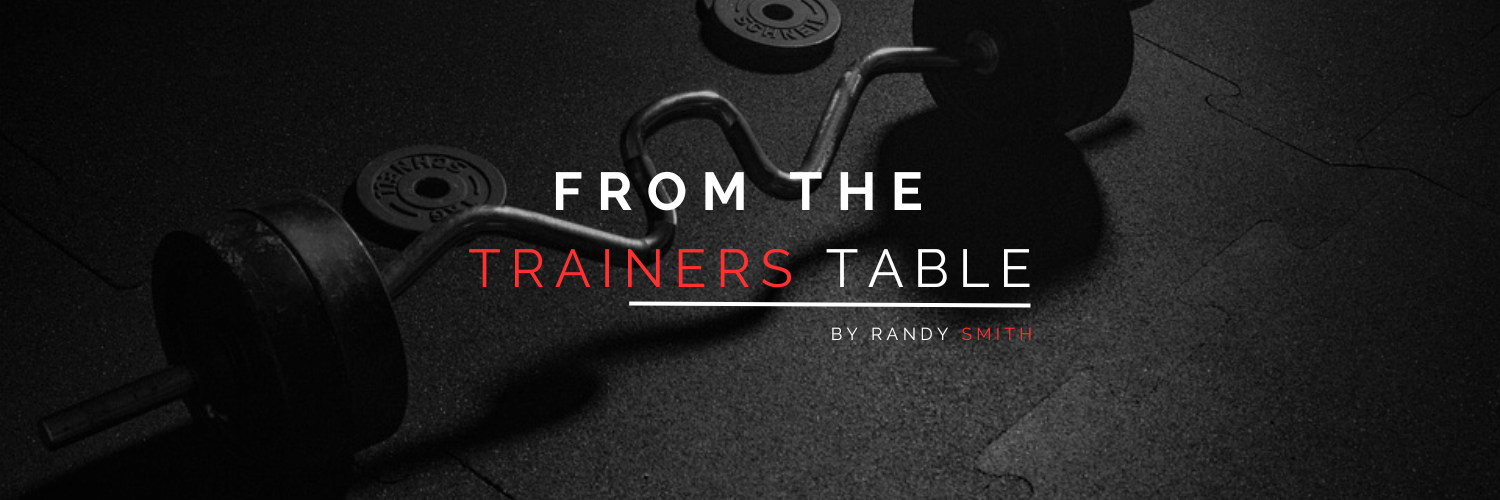I see 20/20, I must have perfect vision..
Many athletes believe they have perfect vision because they see 20/20. A standard eye exam measures your visual acuity while looking at a stationary chart, however, the concept of vision is much more complex than that. How often are athlete’s stationary? How can this examination alone accurately determine an athlete’s visual abilities when it does not test the conditions in which athlete’s are exposed to in their subjective sport? In my professional opinion, a much more comprehensive eye exam is necessary for athletes to help determine whether they may need any vision correction and to check their ocular health.
Vision goes beyond 20/20; vision is the connection between our eyes, brain and body. Think of vision as a 3-step process. First, we gather information through our eyes, then process the information with our brain, which then finally leads the body to form a decision and take action. Vision is a human’s dominant sense; it guides our everyday actions and helps us make sense of the world around us.
From an athletic standpoint, athletes need their eye-brain-body connection to be in-sync (more than the average person), as they are required to process high volumes of information at quick speeds. What if an athlete can train themselves to scan their environment faster, react faster and make better decisions? This edge would give them a crucial edge over their competition. The good news is, Sports Vision Therapy can help athletes achieve this outcome.
What is Sports Vision Therapy?
Sports Vision Therapy, also known as, Sports Vision Training (SVT) is a program designed to enhance an athlete’s visual skills. Some of these skills include focusing, eye-tracking, peripheral awareness, visual reaction time, dynamic visual acuity, eye-hand-body coordination etc.
SVT starts with assessing an athlete’s visual skills, determining the areas of strength and opportunity, and designing a program based on these results. The programming is personalized to the athlete; being sport and position specific. Programming is structured to incorporate exercises to strengthen their areas of opportunity, and refine areas of strength. Vision correction through glasses or contact lenses may also be suggested.
Why is SVT important?
Timing is crucial in sports; how fast can you read, react and make a decision? How fast can you anticipate the play and coordinate your body accordingly? Gaining a split-second advantage over your opponent can determine the difference between winning and losing, as well as avoiding injury.
Athletes often focus on improving fitness, nutrition and the mental aspect of the game. These areas are undoubtedly crucial for athletic development. However, vision training is often overlooked and maybe the missing piece. Vision accounts for 80% of an athlete’s sensory input and is their dominant sense. If vision is an athlete’s dominant sense, why not train their visual system as well? Vision training, in conjunction with these other training modalities can provide an athlete with the opportunity to reach peak performance, their full potential and gain that competitive edge.
After completing Sports Vision Therapy, athletes often report improvements with concentration, decision-making, eye-hand coordination, overall awareness and ability to “zone-in” and ignore distracting information. In turn, the game “slows down” as the athlete’s visual processing abilities speed up. Not only can vision training improve visual performance in sport, but this can also translate to the classroom. This is especially true for individuals who struggle with symptoms related to ADHD.
If you are interested in learning more about Sports Vision Therapy, join me at BodySmith International this upcoming Monday, May 29th at 7pm for an in-depth presentation. To book a seat, please [email protected] as soon as possible, spaces are filling up quickly!
For even more information on SVT, you can also visit our website at www.sportsvisiontoronto.com.

